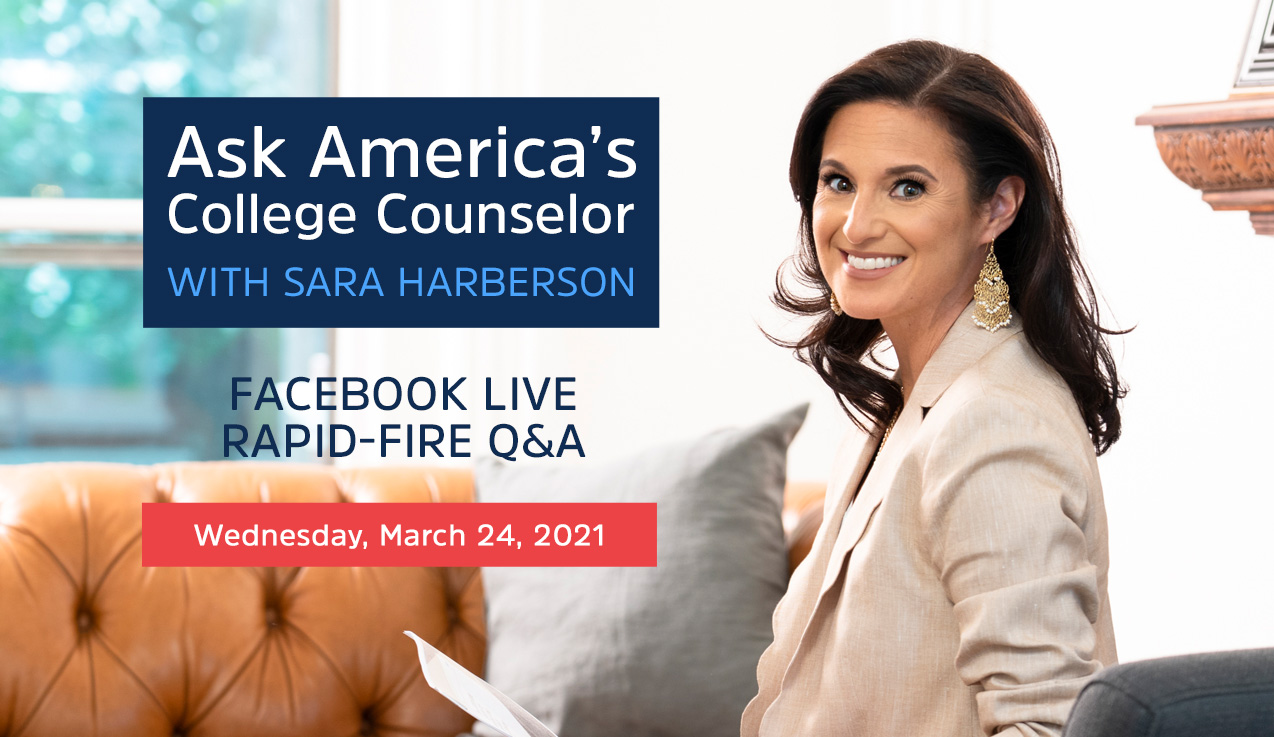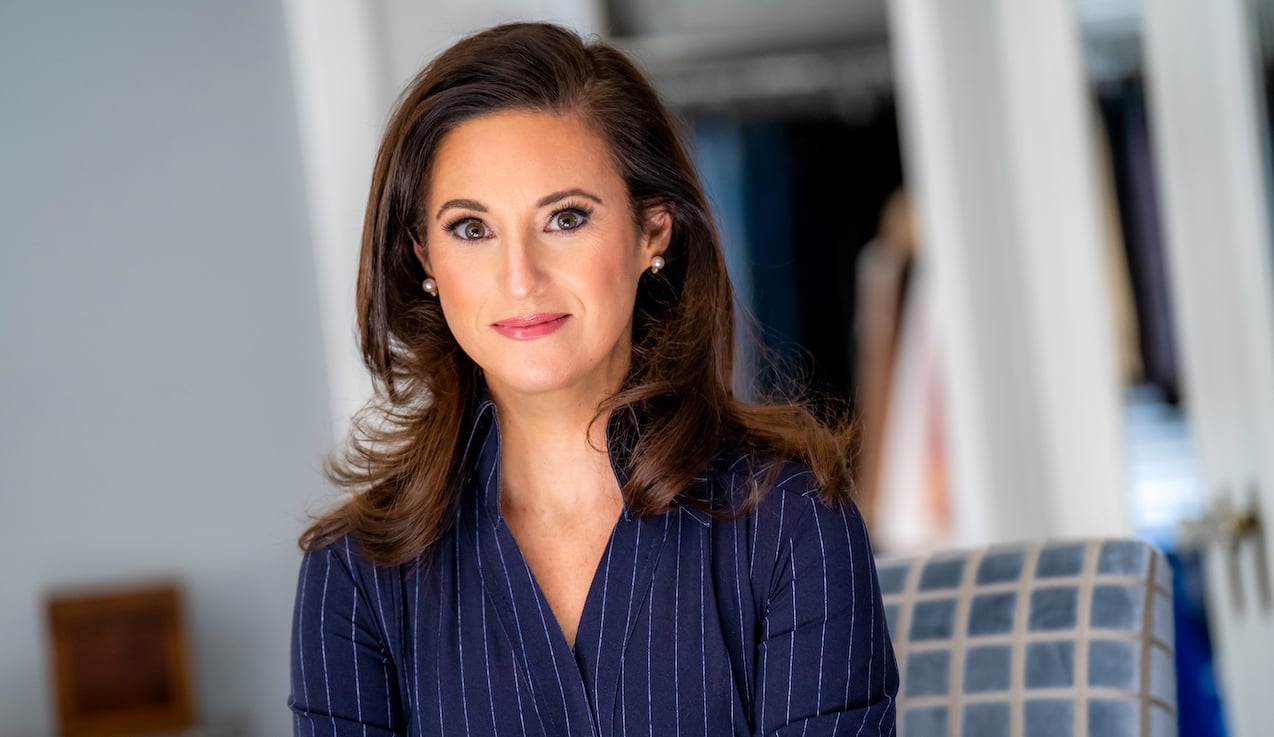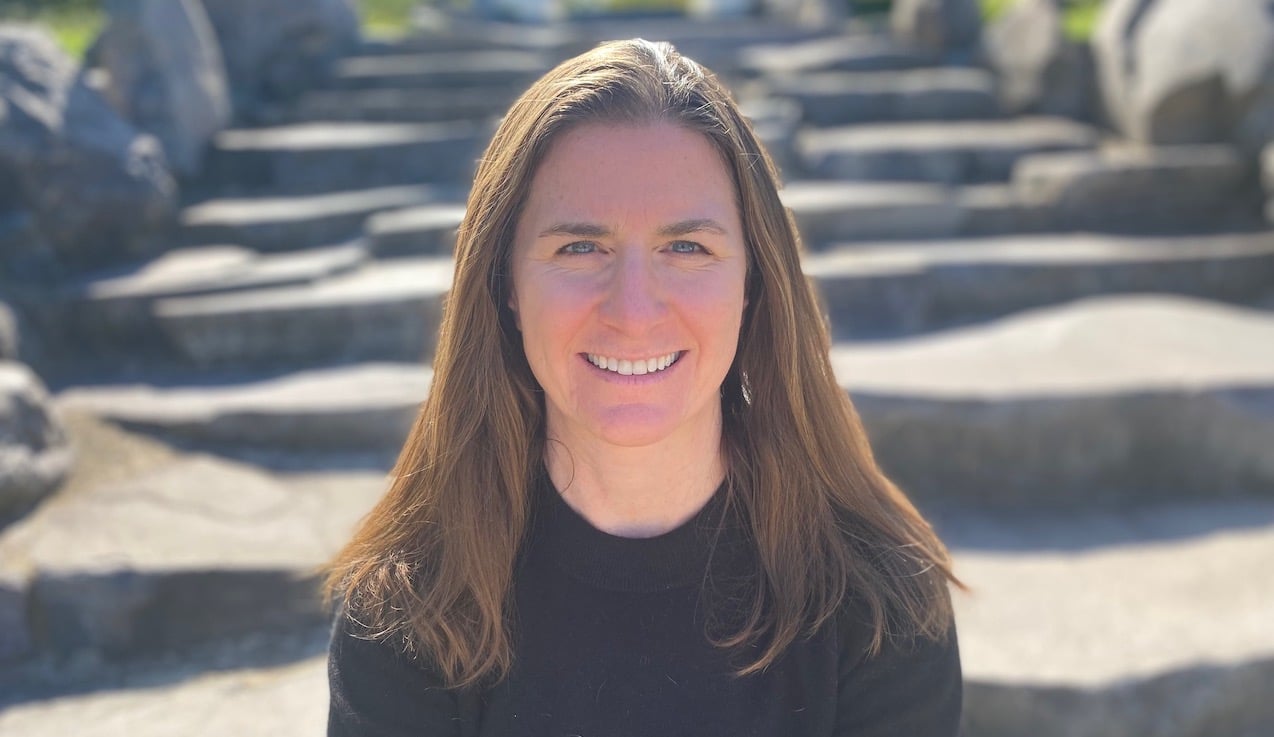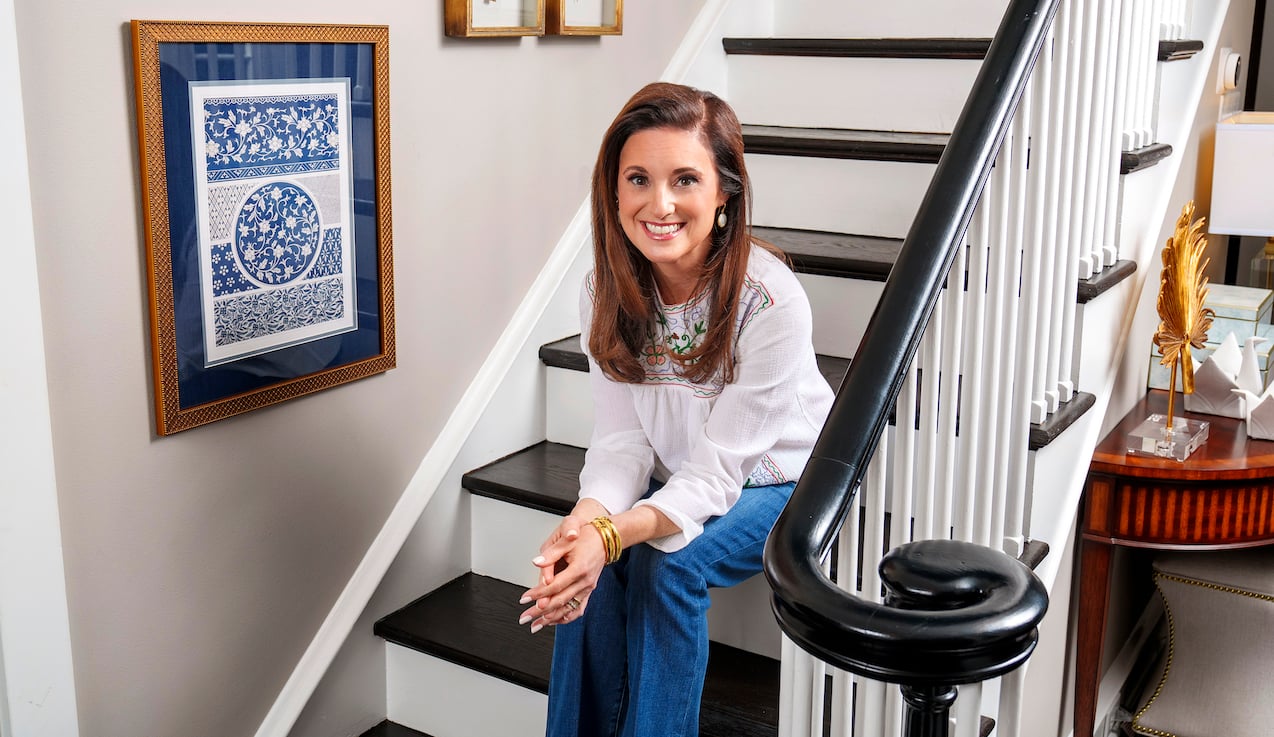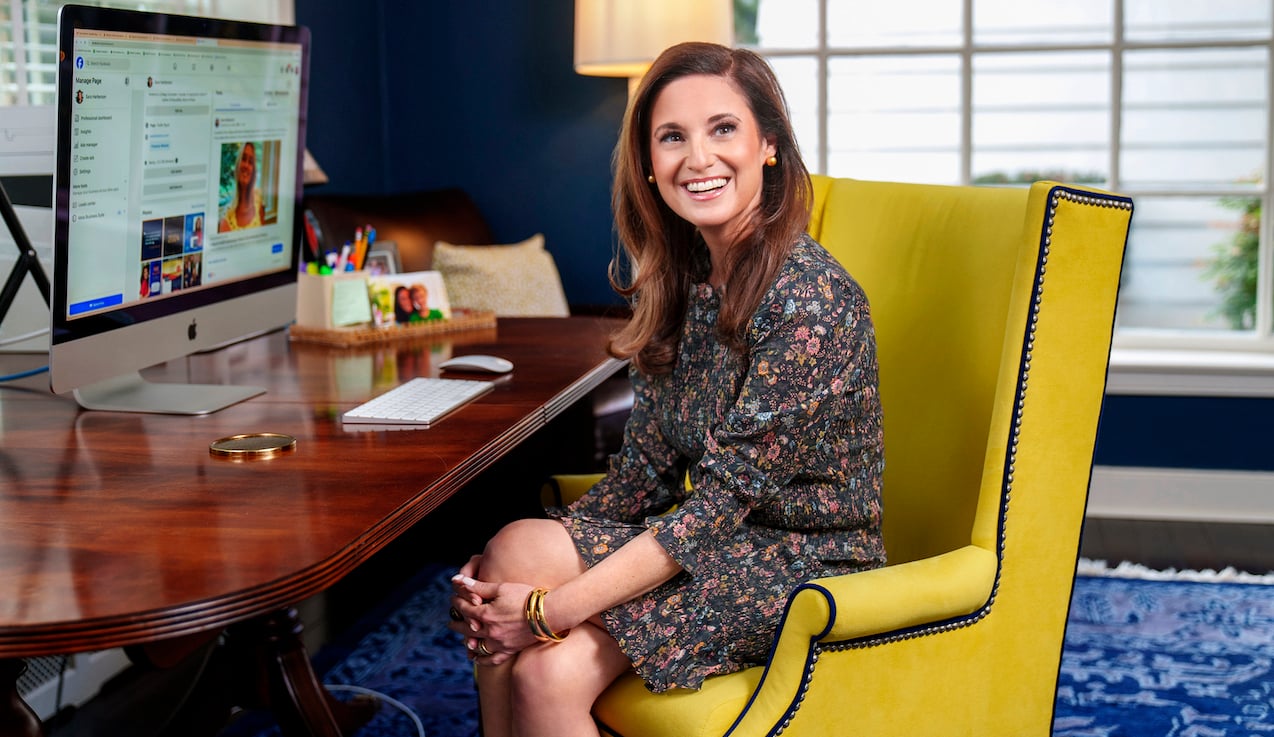Spring is the busiest time for college admissions decisions. If you haven't heard back from all of your colleges, you are about to.
As students in your community hear back as well, it is common to wonder why you or they got admitted to some colleges and not others. Decisions can look very inconsistent to the general public. But there are so many considerations that a college has, from institutional priorities that change year to year to commitments that date back to a college's original charter.
Below are common reasons why admissions decisions could vary even if two students sound similar on paper.
Home Address
For certain public universities, applying as an in-state applicant can increase your chances of admission significantly. The University of Virginia, for example, just announced its admissions data for the Class of 2025 (the current high school seniors). The acceptance rate for in-state applicants was 28% compared to the acceptance rate for out-of-state applicants which was 17%. But not all public universities give preferences to students coming from the state where the college is located. The University of Georgia evaluates in-state and out-of-state applicants similarly. And while private colleges and universities don't give advantages, per se, for in-state applicants, they tend to be a bit more generous to the students coming from the immediate area where the college is located, Harvard University included.
RELATED READING: What Admissions Officers Think of Where You Come From
Geographic diversity is a goal for most colleges. They tend to see their largest percentage of applications coming from the regional area where they are located. However, students applying from certain regions of the country, and more specifically, certain states, can have a significant advantage in the process. Alaska, Hawaii, Mississippi, Alabama, Idaho, North Dakota, South Dakota, Montana, and Wyoming do not send large numbers of applications to private colleges outside of their region. This can increase a student's odds significantly.
My home state of New Jersey tends to be one of the most overrepresented states in applicant pools. This means it is generally tougher for students applying from New Jersey and other states in the Northeast plus California and Texas to private colleges and universities which tend to receive large numbers of applications from these areas.
Major/Undergraduate Program
This is a big one. There are certain majors and/or programs at colleges that are popular, more restricted, and more competitive than others. Programs like business, computer science, nursing, and other pre-professional or specialized programs can significantly reduce the acceptance rate. I can't stress enough how important it is for a student to not only be able to show evidence in their application to back up the major/program, but show distinctive evidence that allows them to stand out in a very competitive applicant pool. UMASS Amherst is transparent about how its undergraduate programs vary in selectivity. It indicates right on its website that the School of Nursing is the most competitive of all of its undergraduate programs with a 10% acceptance rate!
Gender
Acceptance rates can vary between male and female applicants if you apply to a college or undergraduate program that has a disproportionate gender imbalance. Small liberal arts colleges tend to receive more applications and more enrollment deposits on average from female applicants. This means the acceptance rates for male students can be slightly higher. Universities with the largest number of students in the liberal arts program also tend to have slightly higher acceptance rates for male students. On the flip side, business and engineering programs tend to have a higher percentage of males applying than females. Sometimes this can translate into a slightly higher acceptance rate for females. In general, though, the male/female acceptance rates are generally similar these days. Colleges don't want to appear like they are favoring one over the other.
Race
Almost every college in the country factors race into the admissions process. Students coming from underrepresented backgrounds can have a higher acceptance rate; students coming from overrepresented backgrounds have lower acceptance rates. If you are searching for this data, you won't find it. Colleges tend to share the "student of color" percentage of their enrolled class, but this is rife with inconsistency. Just because the percentage of enrolled students suggests the college is diverse doesn't mean it represents the applicant pool as a whole. Colleges do not provide acceptance rates by race. They also often include overrepresented minorities, like Asians, in their percentage of students of color even though historically this group has been held to the highest standards in the admissions process. That is why I always push for transparency, but I rarely get it.
RELATED READING: A Turning Point for Diversity in College Admissions
Demonstrated Interest
For a large percentage of colleges, it is not just whether or not you are qualified and competitive to get admitted. It often comes down to whether or not you are likely to enroll. Colleges with higher acceptance rates and lower yield rates (this is the percentage of admitted students who enroll) tend to use demonstrated interest in their admissions process. This means that a student who visits campus (in-person and, now more commonly, virtually), attends the admissions office's programs, interviews, or writes a more impassioned supplemental essay tends to have a better chance of admission. The college doesn't want to waste an acceptance on a highly qualified student who has no plans of enrolling. Many times colleges that use demonstrated interest tend to waitlist high-achieving students to see how interested they really are. There are rarely any "guarantees" in college admissions. Just because you are qualified to get admitted doesn't mean you will. Make sure you show colleges you are interested in them. It can increase your chances of admission.
Athletes
There is a reason why the admissions scandal's ringleader, Rick Singer, used athletic recruiting as a way to get unqualified students admitted to elite colleges. Athletics was and continues to be the most powerful path to getting admitted to highly selective colleges. If a student-athlete makes it through the many rounds of recruitment—and there are many hoops to jump through if it's done ethically—they can have a nearly 100% acceptance rate. Again, colleges are not going to provide acceptance rates for athletes versus non-athletes, but the application evaluation looks very different among these two segments of the applicant pool.
Legacies
Most colleges will give children (and sometimes grandchildren and other family members) an edge in the admissions process. Over the last several years, the edge or advantage has gotten smaller as applicant pools surge and colleges feel the pressure to diversify their student body. In fact, Johns Hopkins University no longer factors legacy into its process. However, there are plenty of colleges that still do. Look at the college's supplement to find out if it asks about relatives who attended the college or university. This usually gives families an indication of how the college defines legacy and whether they value it.
READ MORE: Parents and Students, I Have One Piece of Advice For You
I try not to get caught up in comparisons because I know that admissions decisions come down to nuances in the end. Instead, I encourage students to focus on where they got admitted and whether or not it is a good fit for them. While families want to know what the difference maker is, oftentimes it is nearly impossible to access this data. Maybe someday colleges will be completely transparent about who they admit and who they don't. Until then, I like to be transparent about what I know in the hopes that it will help as many families as possible.





